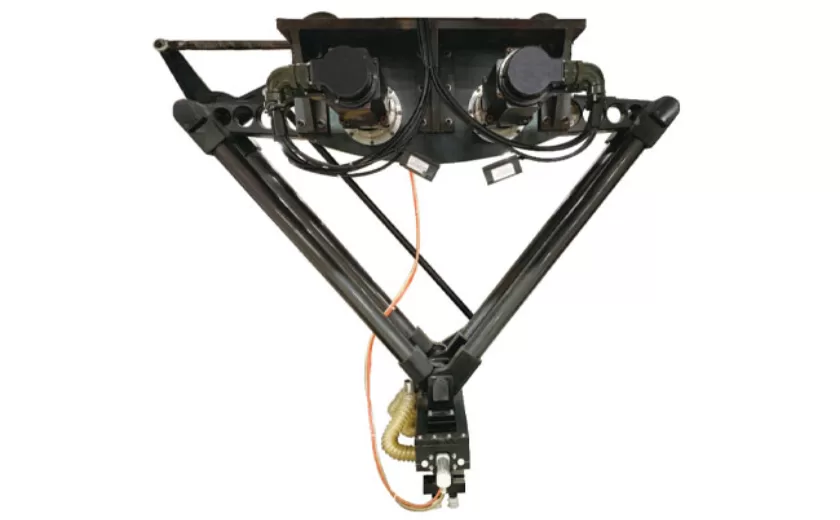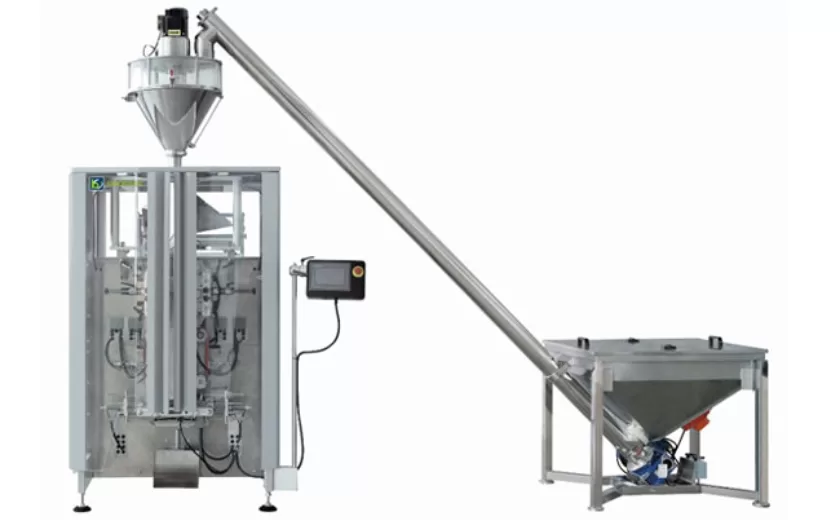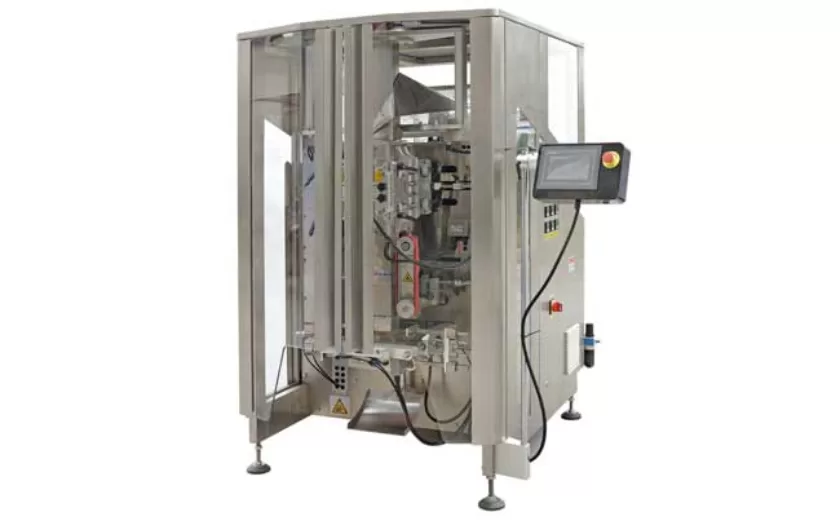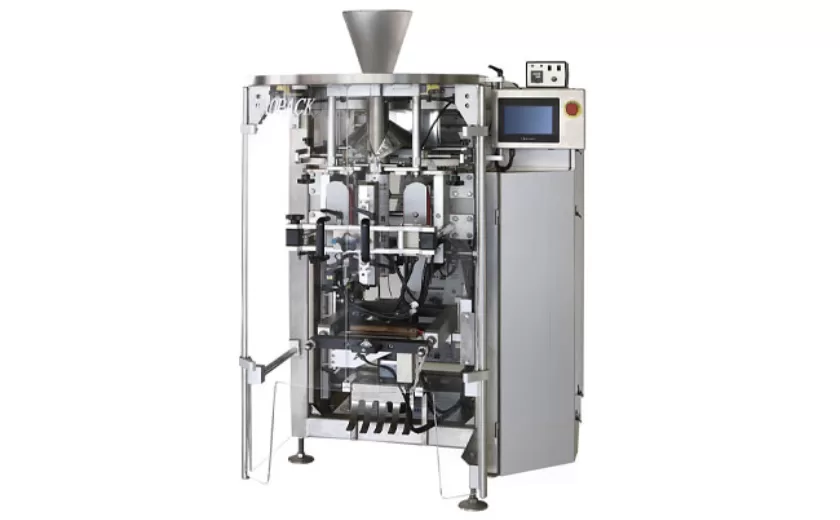Understanding the Cost-Benefit of Vertical Wrapping Machines
Vertical wrapping machines are increasingly becoming a vital tool in various industries, offering numerous advantages over traditional packaging methods. However, it is crucial to carefully consider the cost-benefit analysis before investing in such equipment. This article delves into the key aspects of understanding the cost-benefit of vertical wrapping machines, providing insights into their potential impact on operations and profitability.
Benefits of Vertical Wrapping Machines
Vertical wrapping machines offer several benefits that contribute to cost savings and operational efficiency:
– Increased productivity: These machines can automate the wrapping process, reducing labor requirements and increasing overall production speed.
– Improved packaging quality: Vertical wrapping machines ensure consistent, high-quality packaging, protecting products from external factors and enhancing shelf life.
– Reduced material waste: The precision and efficiency of vertical wrapping machines minimize material waste, leading to cost savings associated with packaging materials.
– Enhanced safety: Automated wrapping processes reduce the risk of injuries to workers, contributing to a safer work environment.
Cost Considerations
The cost of vertical wrapping machines should be carefully assessed to determine the return on investment:
– Initial investment: The initial investment in a vertical wrapping machine can be significant, including the cost of the equipment, installation, and training.
– Maintenance and repair: Ongoing maintenance and repairs are essential to ensure optimal performance and longevity of the machine, adding to the operating costs.
– Energy consumption: Vertical wrapping machines consume electricity and other resources, so it is important to consider energy efficiency when evaluating costs.
Calculating Return on Investment
To determine the return on investment (ROI) from a vertical wrapping machine, several factors need to be considered:
– Increased revenue: Assess the potential increase in revenue resulting from improved packaging quality, increased production, and reduced waste.
– Reduced costs: Quantify the savings in labor costs, material costs, and energy consumption.
– Intangible benefits: Consider intangible benefits such as improved safety, enhanced brand image, and increased customer satisfaction.
– Payback period: Calculate the payback period, which is the time it takes for the machine to generate enough savings to cover its initial investment.
By carefully evaluating the cost-benefit analysis of vertical wrapping machines, businesses can make informed decisions that maximize return on investment, streamline operations, and enhance their competitive advantage.
-

Advanced Packing Solutions: Snacks, Sugar, and Frozen Food Machines
29-10-2025 -

Efficient and Reliable Solutions for Salt, Nuts, and Frozen Dumplings Packing
29-10-2025 -

High-Performance Biscuits, Lollipop, and Ketchup Packing Machines for Modern Food Production
29-10-2025 -

Efficient Liquid Filling and Packing Machines for Modern Production
23-10-2025 -

Reliable Granule Packaging Machines for Efficient Production
23-10-2025 -

Efficient Auger Powder Filling Machines for Accurate Packaging
23-10-2025 -

High-Performance Liquid Filling and Packing Machines for Hygienic Production
10-10-2025 -

High-Efficiency Granule Packaging Machines for Precision and Speed
10-10-2025 -

High-Precision Auger Type Powder Filling Machines for Efficient Packaging
10-10-2025 -

Efficient Vertical Form Fill Seal Packaging Machines for Smart Production
10-10-2025





